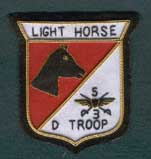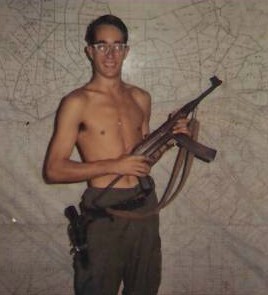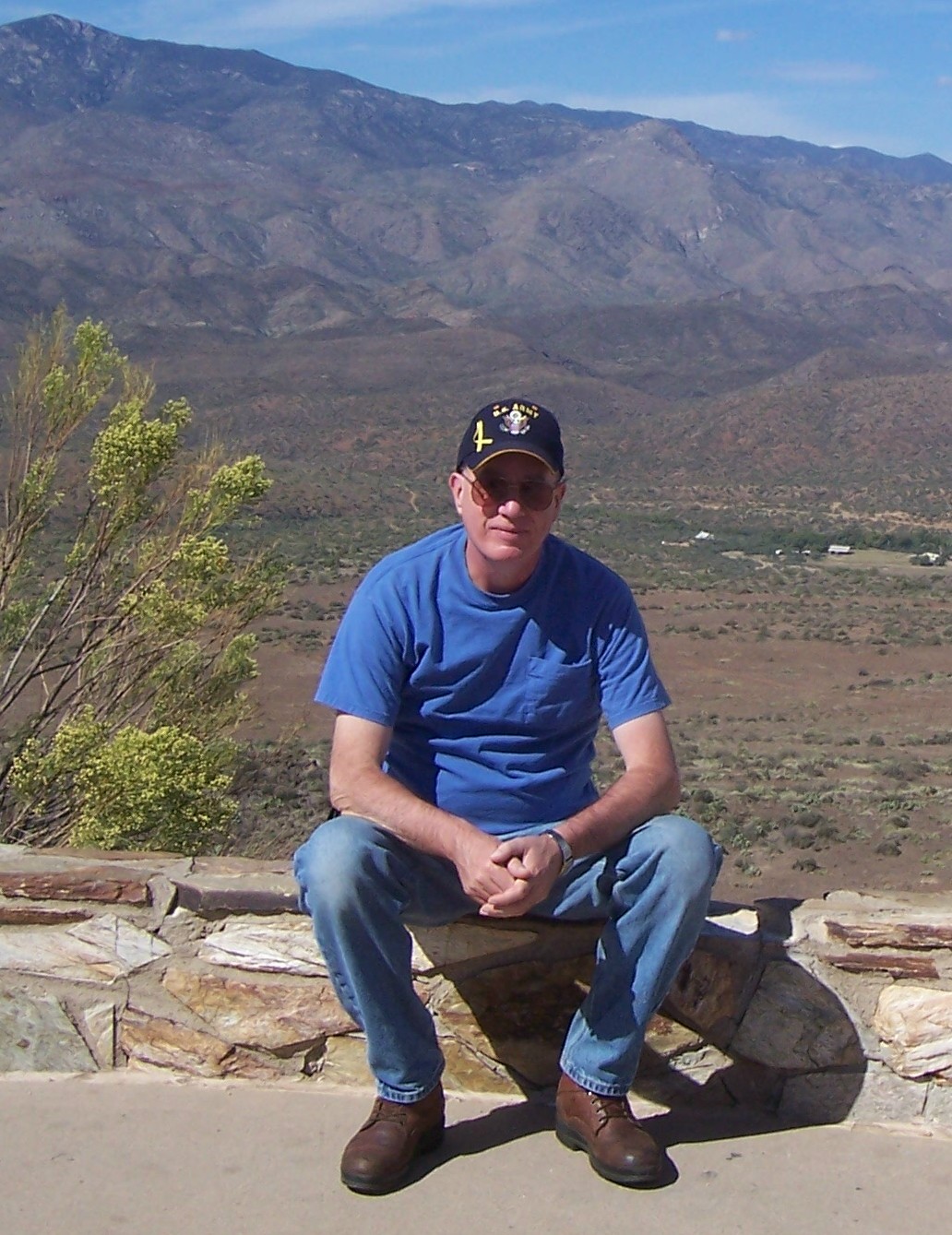
The
Origin of the
"Lighthorse" Callsign
By
Steve Kirkland
I arrived in country on September 25th
1968 and
was assigned to Delta Troop 3/5 from October 1968 through September
1969.
My MOS was 05B20, radio/telephone operator (RTO), and I was originally destined to join the Aerorifle (Doughboy) platoon, but Flight Operations decided they needed an RTO to replace one who was going to leave later that month. I was a Private First Class at the time, and as the lowest ranking enlisted man in Flight Ops, was responsible for important duties such filling sandbags and the like.
Before too long though I was indoctrinated into the radio
duties
used by D Troop. I’ll have to say that operating from a fixed point was
different than what I was used to from my training back in the states,
which
usually consisted of either carrying a PRC 25 portable radio or using
radios
mounted in vehicles. After I had been in Country for a few months I
would go
out in to the field, usually to Ben Tre or Go Cong, and I recall the
mission
where Lt. Maddy was killed. Johnny Hutcheson remarked on remembering
hearing
the radio traffic that day. I was part of that traffic; calling in the
bad news
from the field when it became evident that Lt. Maddy was KIA.
The Loaches had the "War Wagon"
call sign, the Cobras were "Crusaders" and the Slicks were
"Long Knives", but when
one
of the Hueys was the Command & Control aircraft it was identified
by
whatever call sign was currently assigned by the SOI. I recall
"Happy
Smiles" as being one of the call signs.
The term "Light Horse"
came into common usage when Major
Swindell, the
Troop Commander, decided that the C&C aircraft needed a unique
designation.
We were under operational control of the 9th
Infantry Division, 1st or 2nd Brigade if I
remember
correctly, and on most missions there was a Lt. Colonel running the
overall
operation. As I recall, Major Swindell just reported on station and
told the
Lt. Colonel that the Command and Control ship would be using the
"Lighthorse" call sign and that’s how it came to be.
No official authorization was requested or received before or after and although there were some initial inquires from Division as to who gave permission, “Light Horse” was soon accepted as the D Troop 3/5 (Air) designation.
Steve Kirkland,
Then and Now (2007)


Webmaster's note:
There has always been some speculation
about the origin of the Troop
name, "Light Horse".
We know that the "Black Knight" callsign was used during deployment and
when the Troop first arrived in country.
The Crusader callsign was used by the Gun Platoon flying Charlie Models
at that time as well.
The "Old Guys" will remember the helipad and parking area at Bear Cat
was called the "Round Table".
The OH-23 guys adopted the name Spook and that name held until the
arrival of the OH-6s and was changed to War Wagon.
At around the same time the lift Platoon, who had been using the Black
Knight callsign adopted the handle of "Long Knife".
It certainly seems fitting, timewise, that Troop CO, Maj. Swindell,
would pick a C&C callsign.
Thusly, Maj. Swindell became the first Light Horse 6.
Scouts out,
14
LTC
Brennon Swindell comments:
Return
to Light Horse Callsigns
Light Horse Home